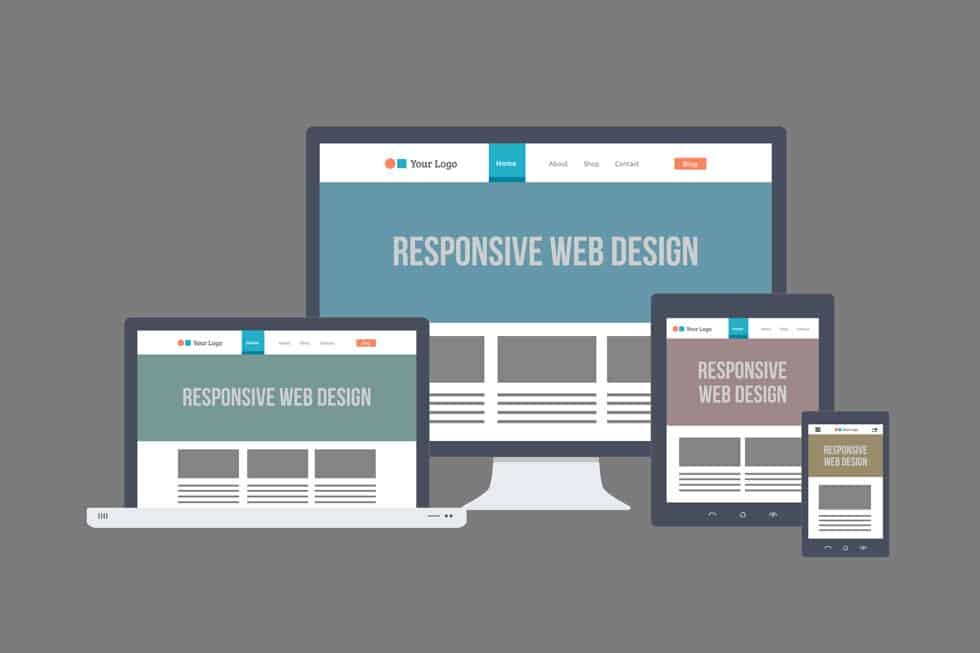Here’s a secret many web designers won’t tell you: visitors to your site don’t care if it’s “responsive.” What they care about goes far beyond technical trends or flashy buzzwords. They seek meaningful, intuitive experiences rooted in principles that prioritize usability and design harmony.
What Does Responsive Web Design Really Mean?
The term “Responsive Web Design” (RWD) often gets simplified to mean “mobile-friendly.” Most people think of it as a site that adjusts visually to fit any screen—whether it’s a phone, tablet, or desktop. While responsiveness is undeniably important, it’s not synonymous with true mobile optimization.
The original intent of RWD was far broader and deeper. It aimed to create web pages that adapt seamlessly to diverse environments—enhancing accessibility and usability for all. However, what we’ve gained in technical convenience, we’ve often lost in user experience and strategic design.
A Brief History of Responsive Web Design
The concept of adaptability in web design dates back to 2000, when John Allsopp proposed the idea of creating accessible and flexible web pages. He suggested that sites should adapt to any user’s needs, whether they were using a high-resolution monitor, a basic mobile device, or a screen reader.
A decade later, Ethan Marcotte coined the term “Responsive Web Design,” drawing inspiration from architecture that responded to the needs of its occupants. Marcotte’s groundbreaking 2010 essay outlined techniques like fluid grids, flexible images, and media queries to create designs that adapted fluidly to varying screen sizes.
By 2013, responsive design had become a dominant trend in the web industry, thanks in part to the rapid adoption of smartphones and tablets. However, as with many trends, the rise of templated solutions diluted its original intent.
The Problem With Modern Responsive Websites
The explosion of responsive web templates has made it easier than ever to create “mobile-friendly” sites. Yet, many of these templates prioritize form over function. They stack content haphazardly, shrink critical elements to unreadable sizes, and fail to optimize for performance, leaving users frustrated.
Responsiveness has become a checkbox rather than a thoughtful process. The result? Websites that may look good on paper but fail to deliver seamless, user-centric experiences.
What Users Really Want From Your Website
Users don’t care about buzzwords like “responsive” or “adaptive.” They care about efficiency, clarity, and ease of use. If your Miami web design strategy doesn’t prioritize these factors, it’s falling short.
Here are a few scenarios where many so-called “responsive” websites fail:
- Unusable elements: Interactive features designed for desktop that don’t function on mobile.
- Missing essentials: Local business sites without easy-to-find contact details or hours of operation.
- Complex navigation: E-commerce platforms without intuitive ways to browse product categories.
- Overloaded designs: Sites bogged down by heavy images, videos, or animations that won’t load on slower connections.
A successful website isn’t just about adapting visually—it’s about creating meaningful interactions that guide users to their goals efficiently.
How to Be Responsibly Responsive
The key to great Miami web design lies in being “responsibly responsive.” This means crafting a thoughtful content strategy for each device type, ensuring that only the most essential elements are displayed in a way that’s easy to understand and use.
Some actionable strategies include:
- Adopt a mobile-first approach: Start by designing for smaller screens, then scale up to larger ones. This prevents the “content squeeze” where desktop designs are awkwardly stacked for mobile.
- Optimize performance: Prioritize fast load times by reducing large files and implementing progressive enhancement techniques.
- Tailor the experience: Consider hiding or redesigning non-essential elements for mobile users. For example, major e-commerce sites often create entirely distinct layouts for mobile to streamline navigation.
- Focus on user needs: Understand how users will interact with your site. For local businesses, this might mean emphasizing contact info. For retailers, it might mean simplifying product searches.
Final Thoughts
The best Miami web design goes beyond aesthetics and responsiveness. It prioritizes usability, speed, and user intent, delivering a seamless experience across all devices. By putting users first and designing with purpose, you can create a site that not only looks great but also drives engagement and conversions.
Forget chasing trends—focus on building a website that serves its audience. In doing so, you’ll achieve the true harmony that responsive design originally intended.


